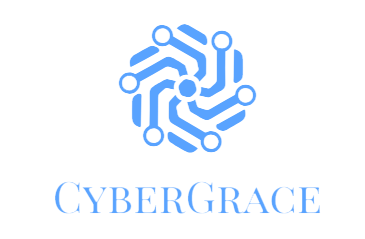- Digital X-rays are safer and more accurate than traditional film X-rays.
- Chairside monitors allow dentists to access patient records quickly and collaborate on complex cases easily.
- CAD/CAM technology enables dentists to design and create custom restorations in the office.
- Future technologies such as 3D printing, robotic assistance, AI, and VR are being explored.
The world of dentistry is constantly evolving, and modern dental professionals are using the latest advances in technology to provide the best care for their patients. From digital x-rays to chairside monitors, dentists today have access to a range of tools that help them diagnose and treat dental problems more quickly and effectively than ever before. Let’s take a look at some of the most exciting new advancements used by modern dentists.
Digital X-Rays
Digital X-rays are one of the most important tools in a dentist’s arsenal. These images allow dentists to view detailed pictures of teeth and gums, enabling them to make accurate diagnoses and develop effective treatment plans. Digital X-rays are also much safer than traditional film X-rays, as they do not require as much radiation exposure.
Additionally, digital X-rays can be easily shared with other specialists or stored electronically for future reference. This technology makes it easier for dentists to accurately diagnose dental problems and plan the most effective treatment.
For example, digital X-rays can be used to help dental professionals fit dental implants accurately and effectively. Since implants are an increasingly popular dental procedure, having access to this type of technology has become essential for many dental professionals.
Chairside Monitors
Chairside monitors are devices that connect directly to dental chairs and allow dentists to view patient records on an interactive screen while providing treatment. This makes it easy for dentists to review information about a patient’s medical history, medications, allergies, etc., all without having to leave the chair. This technology also allows dental teams to collaborate on complex cases with ease.
Moreover, chairside monitors can be used to provide dental patients with educational information about their dental condition and the available treatment options. This can help them make informed decisions and feel more comfortable during dental procedures.
Intraoral Cameras
Intraoral cameras are tiny cameras that fit inside a patient’s mouth so that dentists can get an up-close view of any problem areas. These cameras can take still images or videos which can be viewed on an external monitor or stored electronically for later use. Intraoral cameras increase accuracy by allowing dentists to see even the smallest details of a patient’s oral cavity without having to rely on their own eyesight alone.
In addition, intraoral cameras are helpful for patient education. They can provide patients with a more comprehensive view of their teeth and gums, which can help them understand the health of their mouths better. This knowledge can encourage patients to practice good oral hygiene habits and take an active role in their own dental care.
CAD/CAM Technology
Computer-aided design and computer-aided manufacturing (CAD/CAM) technology is revolutionizing dental care. This technology enables dentists to design and create custom restorations, such as crowns and bridges, in the office with an accuracy that surpasses manual methods.
The applications of CAD/CAM technology in dentistry are vast, from designing dental prostheses to creating implants. This technology can even be used to create custom mouthguards for sports players!
The Future of Dental Technology

The field of dentistry has come a long way in recent years. We’ve seen dental technology advance from the traditional tools used by our grandparents to the more advanced equipment used today. But what does the future of dental technology have in store for us?
3D Printing Technologies
One major development that is currently being explored is 3D printing technologies, which could revolutionize how we create dental implants, bridges, crowns, veneers, and other restorative devices. 3D printing allows dentists to create customized devices that are tailored specifically to each patient’s needs.
Robotic Assistance
Another area that is being explored is robotic assistance in various dental procedures. Robotic assistance can help with complex surgeries such as implant placement and root canals, as well as simpler procedures such as teeth whitening or cleaning. The use of robots can help to minimize human error and reduce treatment time while still providing excellent results.
Artificial Intelligence (AI)
Artificial intelligence (AI) is another promising development that could have a major impact on the field of dentistry in the near future. AI algorithms can be used to automate certain tasks such as image recognition or diagnostic decisions based on data collected from patient records or imaging scans.
Virtual Reality (VR)
Another exciting technology that is making its way into the dental world is virtual reality (VR). This technology can be used to simulate a variety of dental procedures, allowing dentists and patients to experience treatments in an immersive 3D environment.
With these tools at their disposal, modern dental professionals have access to resources they never had before—allowing them to provide better care for their patients than ever before! If you haven’t visited your dentist recently, now may be the perfect time—especially if you’re curious about what new technology they might have in store!


